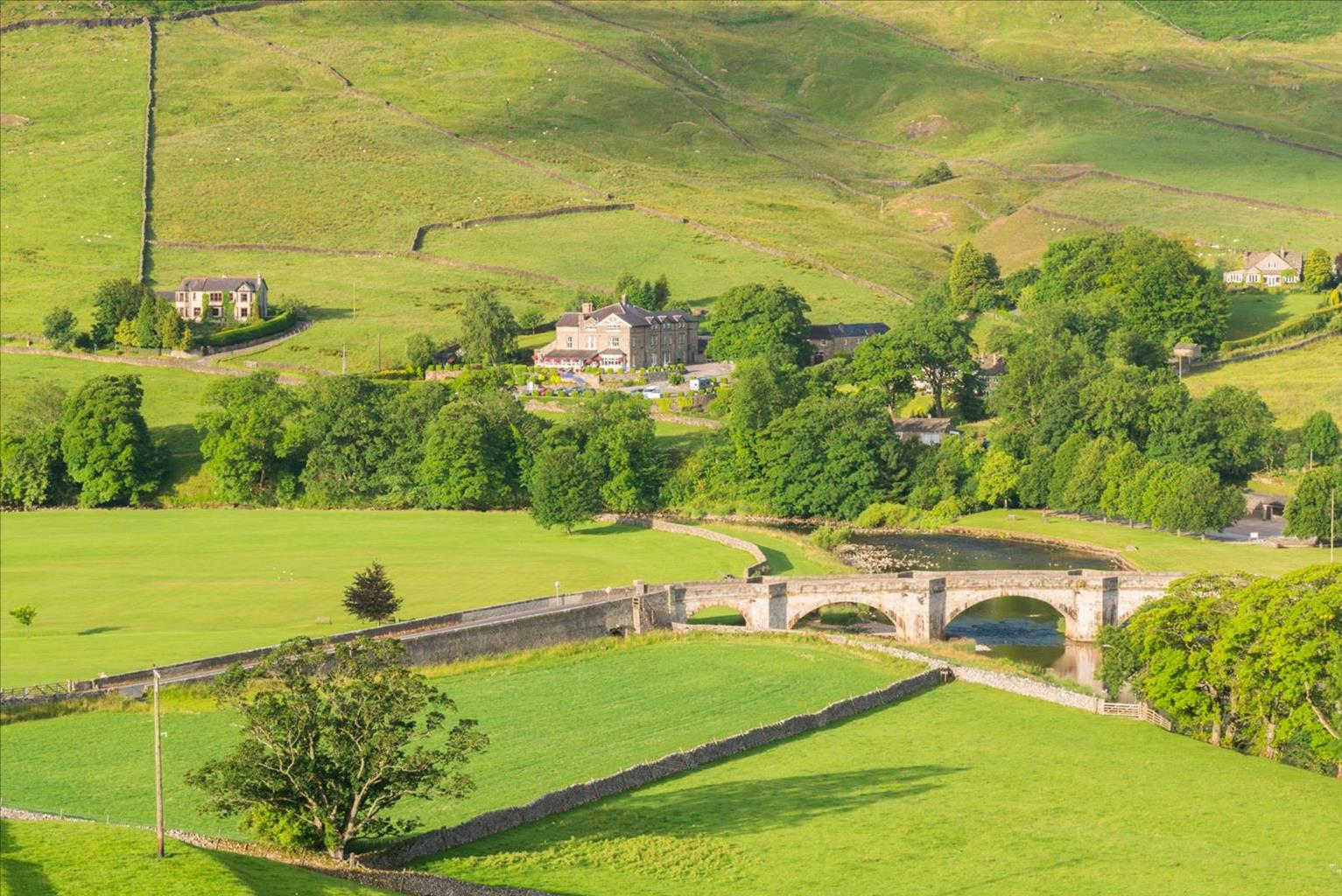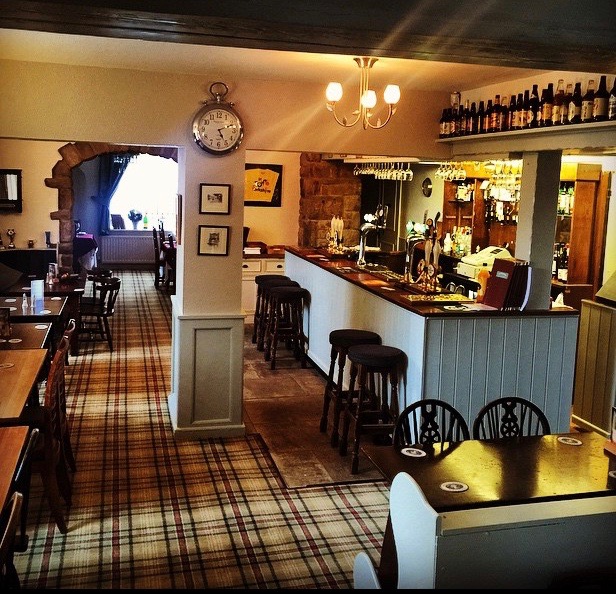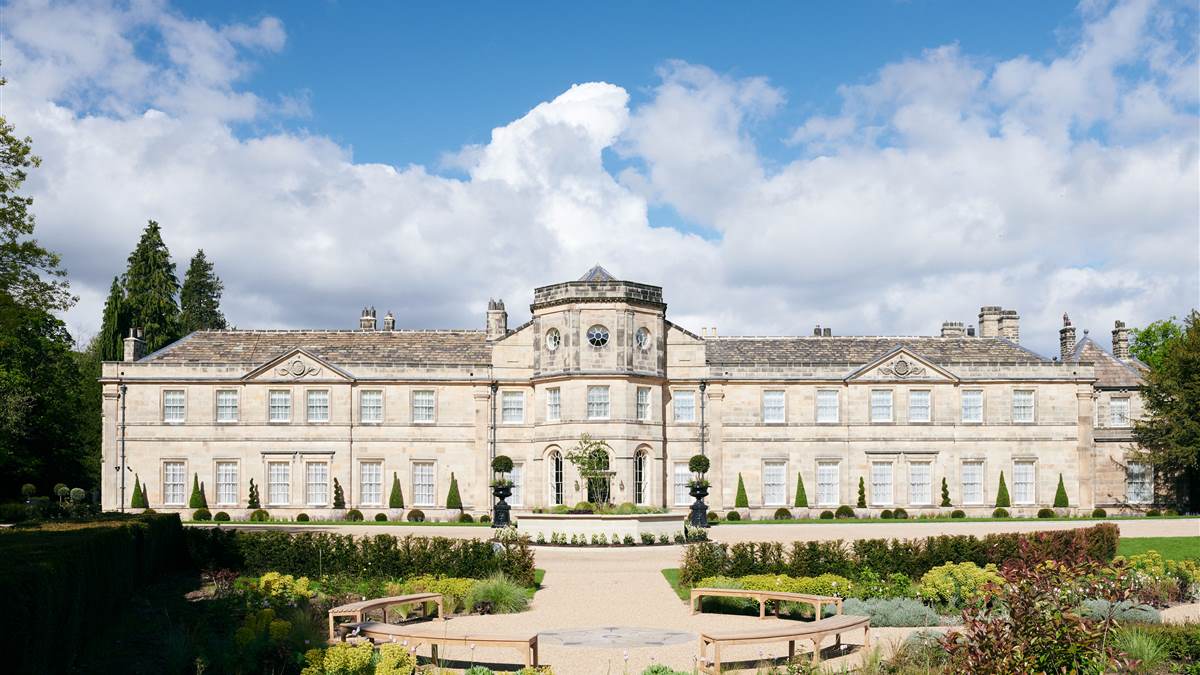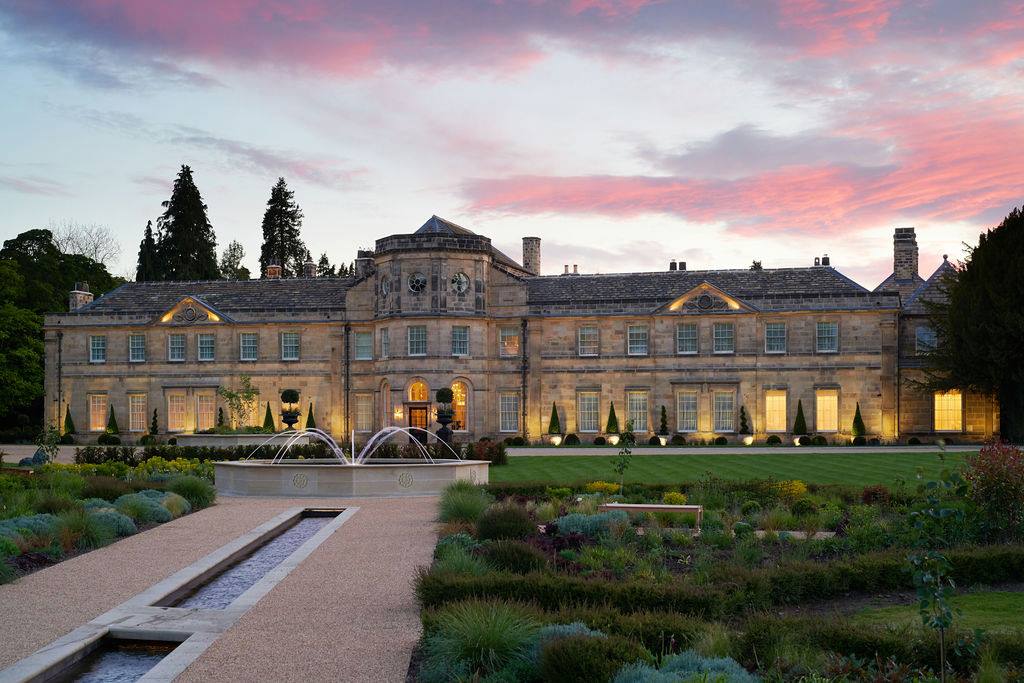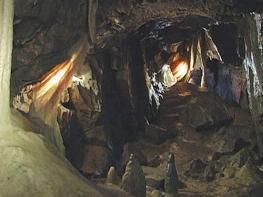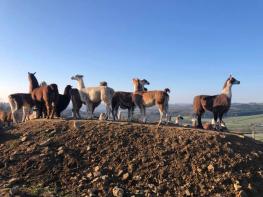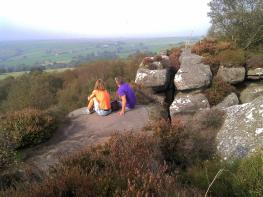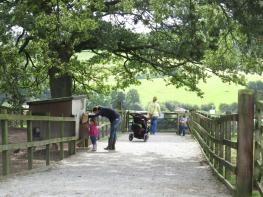Greenwood Close is located in the heart of Pateley Bridge, just a few minutes’ walk from…
The mines of Greenhow and Bewerley Moor

6.5 miles (10.4kms)
About the walk
It is a long haul from Pateley Bridge up Greenhow Hill to the village of Greenhow, one of the highest in Yorkshire at around 1,300ft (396m) above sea level. Until the early 17th century this was bleak and barren moorland. When lead mining on a significant scale developed in the area in the 1600s, a settlement was established here, though most of the surviving buildings are late 18th and 19th century. Many of the cottages have a small piece of attached farmland, for the miners were also farmers, neither occupation alone giving them a stable income or livelihood. In a way typical of such mining villages, the church and the pub – The Miners Arms (now closed) – are at the very centre.
Romans are the first known miners of Greenhow, though mining activity may go as far back as the Bronze Age. The Romans had a camp near Pateley Bridge, and ingots of lead – called ‘pigs’ – have been found nearby, dating from the 1st century ad. In the Middle Ages, lead from Yorkshire became important for roofing castles and cathedrals. Production was governed by the major landowners, the monasteries; some, like Fountains and Byland, became rich from selling charters for mining and from royalties. After the monasteries were dissolved, the new landowners wanted to exploit their mineral rights, and encouraged many small-scale enterprises in return for a share of the profits.
As you leave Greenhow and begin to descend into the valley of the Gill Beck, you pass through the remains of the Cockhill Mine. It is still possible to make out the dressing floor, where the lead ore was separated from the waste rock and other minerals, and the location of the smelt works, where the ore was processed. Beyond, by the Ashfold Side Beck, were the Merryfield Mines, and where the route crosses the beck there are extensive remains of the Prosperous Smelt Mill. All these mines were active in the middle of the 19th century, and some had a brief resurgence in the mid-20th century.
The vast retaining banks of Coldstones Quarry rise above the car park at Toft Gate Lime Kiln. You can view this enormous hole from Coldstones Cut (access from the back of the car park); this huge public work of art by Andrew Sabin has two ascending spirals of stone walls either side of a central spine. Opened in 2010, it’s worth the climb for the superb views from the top and to marvel at the quarry. Around Greenhow the limestone layers are particularly deep, allowing large blocks to be cut. Across it run two mineral veins, called Garnet Vein and Sun Vein, both of which have been mined for lead and for fluorite.
Walk directions
Cross the road from the car park and go over the stile beside a metal gate opposite into a field. Follow the faint path downhill to turn left just before a gate. Follow the wall on your right to a stile near a metal gate onto a metalled track. Turn left and walk up the hill to a metal gate onto a road. Turn left and walk up to the main road. Turn right and follow this down into Greenhow village. At the bottom of the hill, just past a converted chapel (Old Hall), take a lane signed ‘Stripe Lane’, to the right. At the junction go left and follow the lane to a cattle grid. Follow waymarkers along the wire fence to go through a gate on your right and bear round to the right to pass behind the house (Far Side).
Follow the track as it skirts the house and on past Low Far Side. Continue down into the valley of Gill Beck and then Brandstone Beck, where there are the extensive remains of lead mining activity. Follow the main track as it winds to the right of a building and across a ford.
Follow the track beside a ruined arch and up the hill. Go over a stile beside a gate by trees then, 100yds (91m) beyond, bear right through a gateway. Follow the track towards a house but before reaching it, turn left at a way-marker between stone walls and descend to a T-junction with another track.
Turn left, signed ‘Ashfold Side’. Descend to spoil heaps, then leave the track to follow a steep path downhill just to the right of the heaps to a footbridge over Ashfold Side Beck.
Cross and follow the path to meet a track. Follow this down the valley, eventually going through a series of caravan sites. About one mile (1.6km) from the footbridge, the Nidderdale Way leaves the track at a Heathfield signpost. Go straight on for another 100yds (91m), then turn right through a metal gate by a Low Wood sign and then over a bridge.
Bear right up the steep track and, as the gradient eases, go left on a green track between stone walls. Nearing a house, bear right to cross a footbridge.
Turn right through a gate and follow the rough track uphill. Meet another track at a T-junction and turn left, but as the track begins to bend left, bear right across the grass to a kissing gate and a metalled lane. Turn right.
About 100yds (91m) after passing Low Waite Farm on the right, fork left on a track signed ‘Toft Gate’. Just before a cattle grid turn right, go through a gate and follow the rougher track up to Coldstonesfold Farm. Continue along the metalled track. Just after the end of the metalled road go left over a stile to retrace your outward route to Toft Gate Lime Kiln.
Additional information
Field and moorland paths and tracks, 4 stiles
Moorland and valley, remains of lead-mining industry
Dogs can be off lead for much of route
OS Explorer 298 Nidderdale
Car park at Toft Gate Lime Kiln
None on route
WALKING IN SAFETY
Read our tips to look after yourself and the environment when following this walk.
Find out more
Also in the area
About the area
Discover North Yorkshire
North Yorkshire, with its two National Parks and two designated Areas of Outstanding Natural Beauty, is England’s largest county and one of the most rural. This is prime walking country, from the heather-clad heights of the North York Moors to the limestone country that is so typical of the Yorkshire Dales – a place of contrasts and discoveries, of history and legend.
The coastline offers its own treasures, from the fishing villages of Staithes and Robin Hood Bay to Scarborough, one time Regency spa and Victorian bathing resort. In the 1890s, the quaint but bustling town of Whitby provided inspiration for Bram Stoker, who set much of his novel, Dracula, in the town. Wizarding enthusiasts head to the village of Goathland, which is the setting for the Hogwarts Express stop at Hogsmeade station in the Harry Potter films.
York is a city of immense historical significance. It was capital of the British province under the Romans in AD 71, a Viking settlement in the 10th century, and in the Middle Ages its prosperity depended on the wool trade. Its city walls date from the 14th century and are among the finest in Europe. However, the gothic Minster, built between 1220 and 1470, is York’s crowning glory.
Nearby stays
Restaurants and Pubs
Nearby experiences
Recommended things to do
Why choose Rated Trips?
Your trusted guide to rated places across the UK
The best coverage
Discover more than 15,000 professionally rated places to stay, eat and visit from across the UK and Ireland.
Quality assured
Choose a place to stay safe in the knowledge that it has been expertly assessed by trained assessors.
Plan your next trip
Search by location or the type of place you're visiting to find your next ideal holiday experience.
Travel inspiration
Read our articles, city guides and recommended things to do for inspiration. We're here to help you explore the UK.

